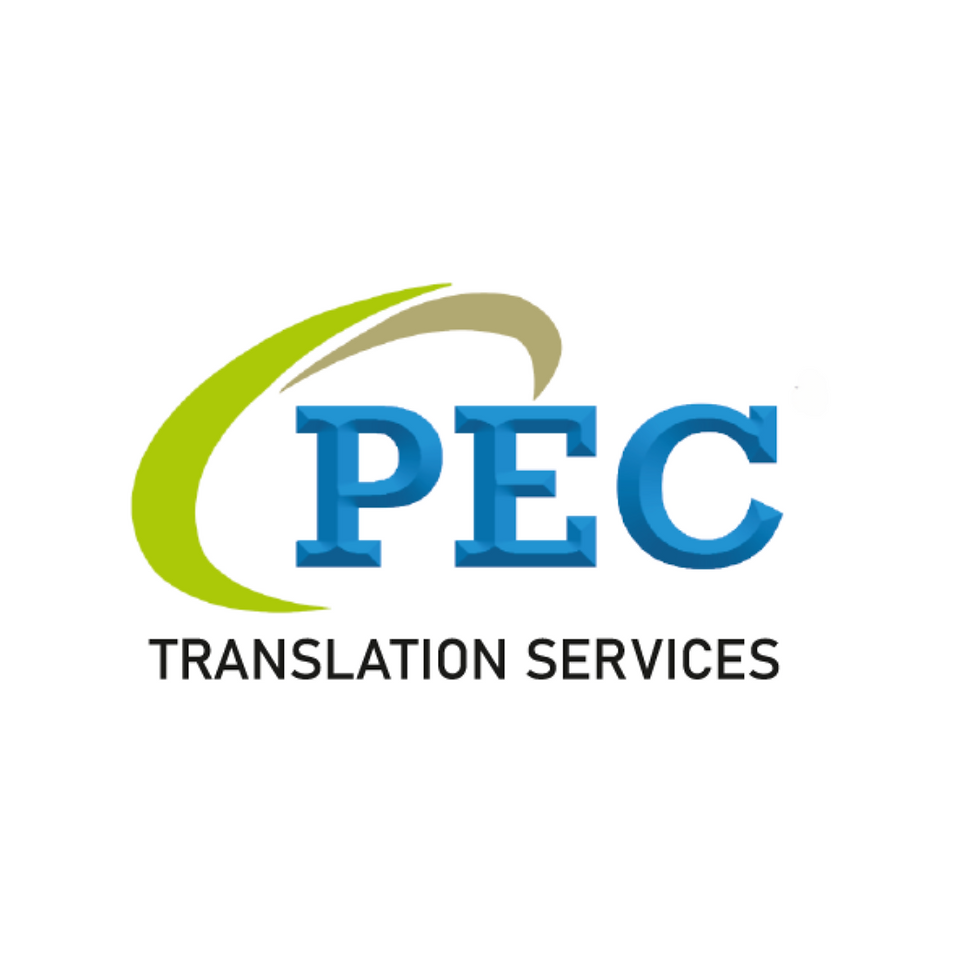The Crucial Role of Translation in Educational Success
- PEC Translation
- Jan 11, 2024
- 2 min read
Updated: Feb 5, 2024
Discover how translation bridges language barriers in education, enhancing understanding and engagement for students globally. Learn about the significance, challenges, and solutions in educational translation services."
#Educational_translation #Language_Barriers_in_Education #Translation_Services #Academic_Success #MultilingualLearning #CulturalSensitivity #Translation_Challenges #Professional_Translators #Translation_Accuracy #Educational_Materials_Translation
Translation plays a pivotal role in the realm of education, facilitating effective communication and understanding across diverse linguistic backgrounds. As globalization connects educational institutions worldwide, the need for accurate and culturally sensitive translation becomes increasingly vital.
Understanding Translation in Education
Translation in education goes beyond converting text from one language to another. It involves a deep understanding of both source and target languages, alongside the cultural and contextual nuances. Professional translators in the educational sector ensure that the essence of the original text is preserved while adapting it to the new linguistic audience.
The Need for Translation in Education
Enhancing Accessibility: Translation makes educational content accessible to students who speak different languages, breaking down barriers to learning.
Cultural Relevance: Translators ensure that educational materials resonate with the cultural context of the target audience, enhancing relatability and engagement.
Accuracy in Communication: Professional translation is crucial for conveying accurate information, especially in critical documents like student handbooks and academic policies.
Supporting Diverse Student Populations: For institutions with students from non-English speaking backgrounds, translation is key to effective communication between educators, students, and parents.
Legal Compliance: Many educational institutions are legally required to provide materials in multiple languages to ensure equitable access to information.
Challenges in Educational Translation & Role of Translation in Educational Success
Educational translations present unique challenges, including balancing budgets with quality, managing the stylistic and regional sensitivities of the target language, handling a wide range of documents, and maintaining confidentiality. These challenges necessitate translators with specialized skills and experience in the educational field.
The Importance of Professional Translation Services
Professional translation services play a crucial role in overcoming these challenges. They provide:
Expertise in Diverse Educational Materials: Professional translators are equipped to handle various types of educational content, from textbooks to e-learning modules.
Quality and Cultural Sensitivity: They ensure that translations are not only accurate but also culturally relevant.
Confidentiality: Professional services guarantee the privacy and security of sensitive educational materials.
The Impact of Translation on Students
Effective translation in education leads to:
Improved Engagement: Students are more engaged when learning materials are in their native language.
Better Understanding: Clear and accurate translations help students grasp complex concepts more easily.
Inclusive Learning Environment: Translation fosters an environment where all students, regardless of their language background, feel included and supported.
Solutions for Educational Translation Needs
To address the various needs of educational translation, institutions should:
Partner with Reputable Translation Agencies: Choose agencies with a proven track record in educational translations.
Focus on Quality: Prioritize quality over cost to ensure that translations are accurate and effective.
Embrace Technology: Utilize advanced translation tools and software to enhance the efficiency and accuracy of translations.
In conclusion, translation is an indispensable tool in modern education, bridging language gaps and promoting inclusive learning. By working with professional translators, educational institutions can ensure that their content is accessible, accurate, and culturally appropriate, ultimately contributing to the academic success of students from diverse linguistic backgrounds.



Comments